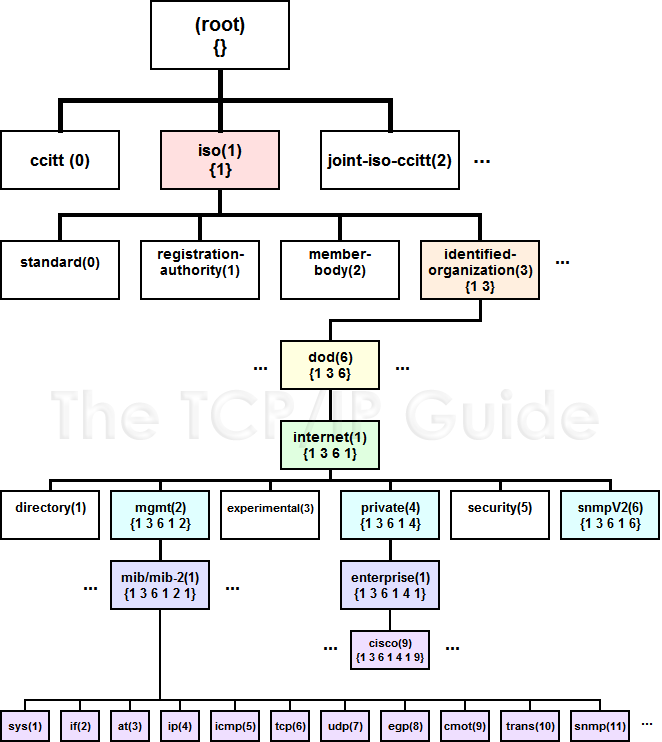 |
|
Please Whitelist This Site?
I know everyone hates ads. But please understand that I am providing premium content for free that takes hundreds of hours of time to research and write. I don't want to go to a pay-only model like some sites, but when more and more people block ads, I end up working for free. And I have a family to support, just like you. :)
If you like The TCP/IP Guide, please consider the download version. It's priced very economically and you can read all of it in a convenient format without ads.
If you want to use this site for free, I'd be grateful if you could add the site to the whitelist for Adblock. To do so, just open the Adblock menu and select "Disable on tcpipguide.com". Or go to the Tools menu and select "Adblock Plus Preferences...". Then click "Add Filter..." at the bottom, and add this string: "@@||tcpipguide.com^$document". Then just click OK.
Thanks for your understanding!
Sincerely, Charles Kozierok
Author and Publisher, The TCP/IP Guide
|
|
|

Custom Search
|
|
TCP/IP MIB Object Descriptors and Identifiers and the Object Name Hierarchy and Name Notation
(Page 3 of 4)
Structure of the MIB Object Name Hierarchy
Let's explore how the MIB object tree is structured, and more importantly, how SNMP MIB objects fit into it (you may find referring to Figure 273 useful as you proceed here.) The tree’s root has no label, and has three children:
- ccitt(0): For ITU
(formerly the CCITT) standards. (Also seen as itu(0)).
- iso(1): For ISO standards.
- joint-iso-ccitt(2): For joint standards. (Also seen as joint-iso-itu(2)).
Following the iso(1) node, we see the following at the next several levels:
- Within iso(1), the ISO has created a subtree
for use by other organizations, called org(3).
- Within org(3), there is a subtree for
the United States Department of Defense, which as you may recall was
the originator of the Internet: dod(6).
- Within dod(6), there is a subtree called internet(1).
Everything we work with in SNMP is under this one very specific subtree: 1.3.6.1, which if we used the text labels would be “iso.org.dod.internet”. Within this part of the name space, there are six subtrees below:
- directory(1): Reserved for future
use by ISO.
- mgmt(2): The primary subtree where
MIB objects are located. This is “1.3.6.1.2”. It contains
a subtree called mib(1), which is 1.3.6.1.2.1. When MIB-II was
created, a subtree called mib-2(1) was created using the same
number, 1.3.6.1.2.1.
- experimental(3): Contains objects
used for standards under development. This is “1.3.6.1.3”.
- private(4): Used for objects defined
by private companies. This node, 1.3.6.1.4, has a subtree called enterprise(1),
which is 1.3.6.1.4.1.
- security(5): Reserved for security
use.
- snmpV2(6): Defines objects used
specifically for SNMP version 2.
Figure 273: Global Object Name Hierarchy and SNMP MIB Hierarchies
This diagram shows the object name hierarchy defined by ISO and CCITT (ITU) to allow all types of objects to be universally represented. The “path” within this larger tree to the tree branches relevant to SNMP can be found by following the colored boxes. The two subtrees used for SNMP are shown in light blue. Each contains its own substructure (some of which is illustrated by boxes in purple) defining thousands of different MIB objects. The branch on the left side is used for generic MIB objects and the one on the right for private ones. A separate hierarchy is also define for SNMP V2.

Phew. So, what's the bottom line of all this? Well, basically all MIB module objects are named within one of these two branches of the overall object tree:
- Regular MIB Objects: These are in the
mib(1) subtree under mgmt(2): 1.3.6.1.2.1.
- Private MIB Objects: These are in the enterprise(1) subtree under private(4), which is 1.3.6.1.4.1. For example, within enterprise(1) there is an entry cisco(9) for Cisco Systems. So all Cisco-specific MIB objects start with 1.3.6.1.4.1.9.
Clear as mud, right? Why didn't they just make a separate hierarchy where “mib” was at the top instead of 6 levels deep? How dare you even suggest such a thing. Don't you understand the importance of global standards? J
All facetiousness aside, this name hierarchy is a bit cumbersome to deal with (okay, more than a bit) but it does allow us to keep MIB objects organized in a sensible way. Within the 1.3.6.1.2.1 subtree we find most of the regular MIB objects used in SNMP. Each subtree within 1.3.6.1.2.1 corresponds to one of the regular SNMP object groups or a particular MIB module.
|
|
| |||||||||||||||||||
Home - Table Of Contents - Contact Us
The TCP/IP Guide (http://www.TCPIPGuide.com)
Version 3.0 - Version Date: September 20, 2005
© Copyright 2001-2005 Charles M. Kozierok. All Rights Reserved.
Not responsible for any loss resulting from the use of this site.







 Key Concept: All MIB objects have object identifiers that fit within two branches of the global object hierarchy. Regular MIB objects (which are not vendor-specific) fit in the mib(1) subtree under mgmt(2): 1.3.6.1.2.1. Private objects, which can be created by a hardware vendor to assist in managing that vendor’s products, are in the enterprise(1) subtree under private(4), which is 1.3.6.1.4.1
Key Concept: All MIB objects have object identifiers that fit within two branches of the global object hierarchy. Regular MIB objects (which are not vendor-specific) fit in the mib(1) subtree under mgmt(2): 1.3.6.1.2.1. Private objects, which can be created by a hardware vendor to assist in managing that vendor’s products, are in the enterprise(1) subtree under private(4), which is 1.3.6.1.4.1